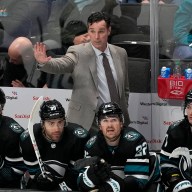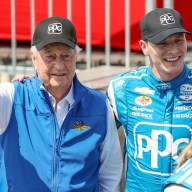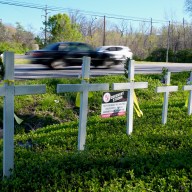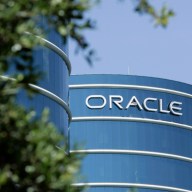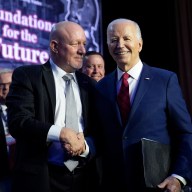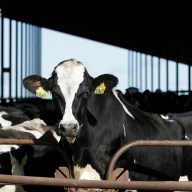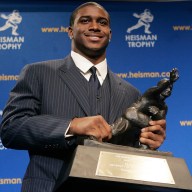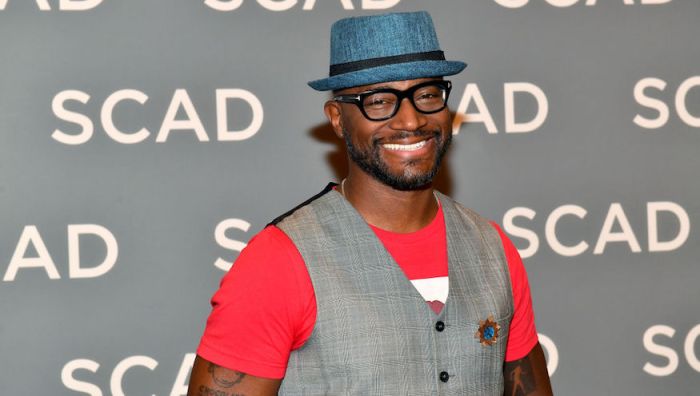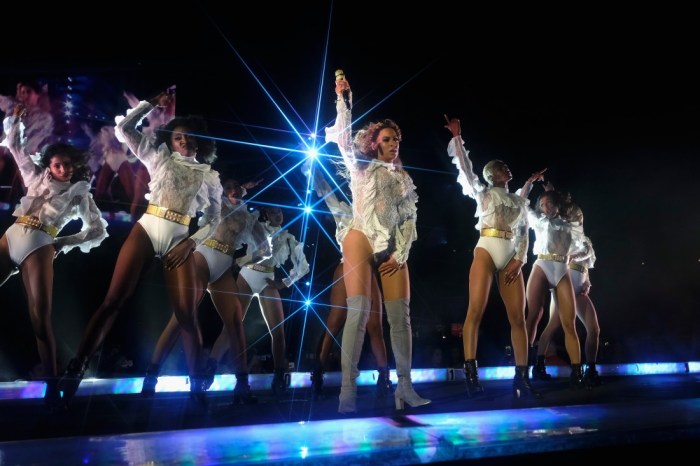Thewaning days of summer vacation aren’t normally when teenagers are thinking about their career options, much less one routinely involving corpses and skeletons.
But last week, New York City chief Medical Examiner Dr. Barbara Sampson welcomed more than 200 high school students touring theCharles S. Hirsch Center for Forensic Sciences in Manhattan, where deaths in the city are investigated. “There’s roughly 500 medical examiners in the country, and 30 of them are here,” she said. “The most cutting-edge science in the nation happens right here.”
The tourshowed off the nation’s largest DNA testinglaband was intended to generate interest in a fast-growing field that TV shows have glamorized, but still has trouble attracting enough forensic scientists. In addition to performing autopsies, identifying missing persons, dealing with natural disasters, terrorism and helping criminal justice through science, Sampson makes it clear what her office is all about: “We feel we have a big mission in education,” she said. “This is the first time we’ve had the students in. We speak at schools and see so much interest from young people.”
During the tour, which coincided with National Forensic Science Week,students heard from Sampson; Dr. Jennifer Hammers, deputy chief medical examiner for Brooklyn and Staten Island; and Dr. Bradley Adams, city director of forensic anthropology. Adams showed how forensic science played a role in local investigations, including solving the2005 mob hit at the historicKreischer Mansion homicide in Staten Island. In the labs, students saw every step of DNA analysis, from determining whether a piece of evidence has enough DNA for testing to generating DNA profiles of criminals and missing persons.
Megan Erhardt, a 16-year-old junior fromHuntington, Long Island, is aiming for a career as a forensic biologist and hoping to eventually work for the FBI.
Erhardt, who has always had a passion for science, skipped teaching summer camp to attend. She, like others, admitted that television played a role in piquing her interest in forensics.
“I watched the CSI shows,” she said. “I wasn’t as interested in the gory stuff as I was in DNA and how science helped solve things.”
Sampson acknowledges that TV shows like “Forensic Files,” “Dexter,” “Criminal Minds” and “Quincy, M.E.,” all mentioned by those in attendance, create interest in forensic science. She says the shows are “mostly accurate except for the time it takes to actually get things done. Occasionally, a show calls with a question, but we’re not active consultants.” Chris Hill, a forensic mortuary technician at the center who lives in Manhattan, thought it was important to bring his son, Chris Hill Jr., even if it meant the 16-year-old high school junior would miss football practice at his home in Maryland. “This was a great opportunity to see something I might want to do when I get older,” Hill Jr. said.
Bianca Brandon, a science teacher at Staten Island Technical School who interned and then worked at the center earlier in her career, brought several of her students.
“I hope this can be valuable for them,” she said. “By bringing them here, it brings a level of authenticity.”

